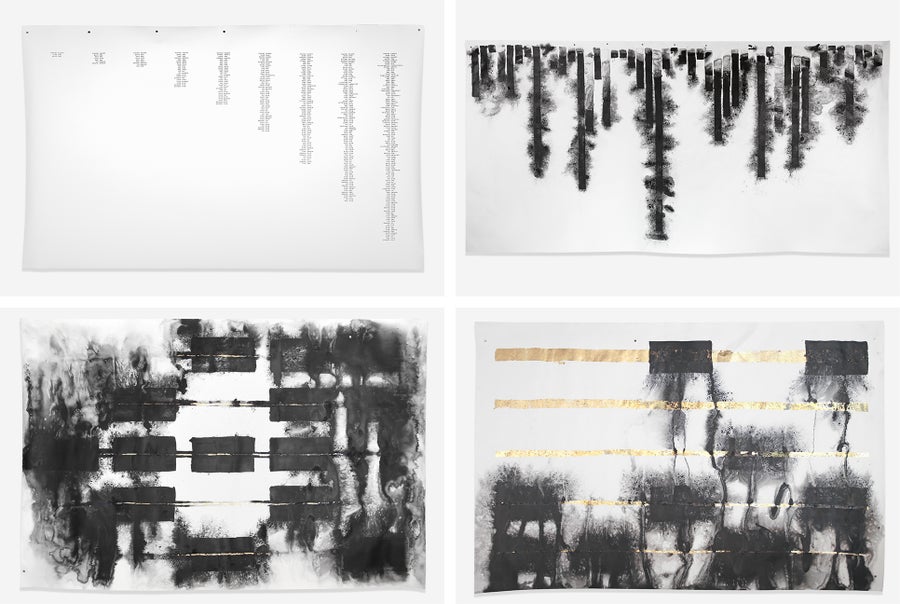Images of the human body’s most complex and intriguing organ often never make it out of a laboratory. The Netherlands Institute for Neuroscience’s annual Art of Neuroscience competition began as a way to peer into this unseen world. Year after year, submissions have depicted the minutiae of the brain’s tangle of blood vessels and neurons, revealing the beauty at the intersection of the artistic and scientific realms. Now in its twelfth year, the competition has elicited a deeper response, with many artists challenging how we think about the brain.
Organizers this year asked for submissions simply related to the field of neuroscience in its broadest sense. The competition awarded one winner, four honorable mentions and two editor’s picks out of more than 150 submissions.
Some submissions remain thoroughly scientific, proving that the brain is a work of art in its own right. Whether they depict microscopic images of the thin strands of tangled neurons or diseased neurons in a state of disequilibrium, these entries offer a rare glimpse into the technical outputs of brain research. Other submissions invoke a less literal representation of the brain’s inner workings and seek to demonstrate the very real-world ramifications of a complex disorder or challenge long-held societal beliefs. Neuroscience may still take place in the lab, but visualizations of the human mind are as expansive as we are.
WINNER
FND Stories
by Andrew Brooks
People who live with functional neurological disorder, or FND, describe the experience of living with the condition as “frustrating, debilitating and misunderstood,” says Andrew Brooks, an independent artist and an architecture tutor at the University of Edinburgh. Using silent video, text-based AI analysis and combinations of ink and gold leaf on paper, Brooks, draws attention to the condition that, for centuries, doctors have struggled to…
Read the full article here







